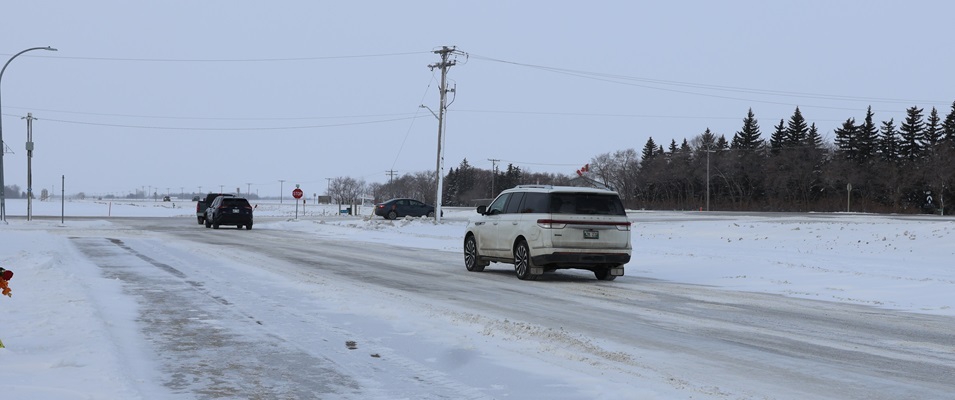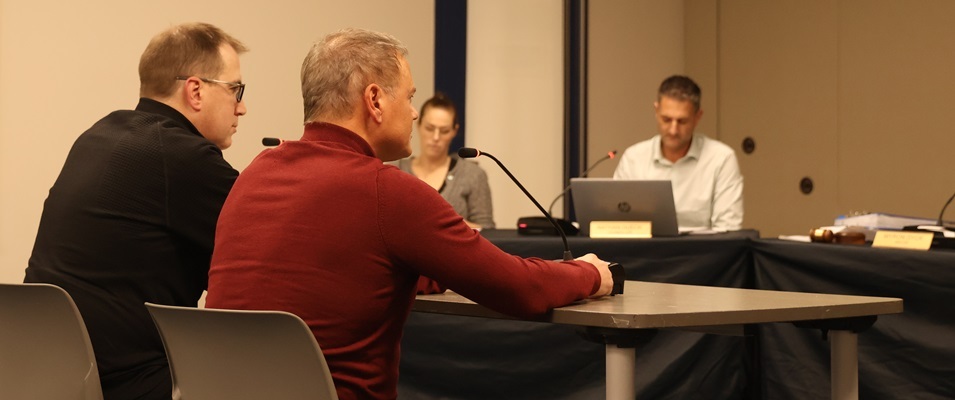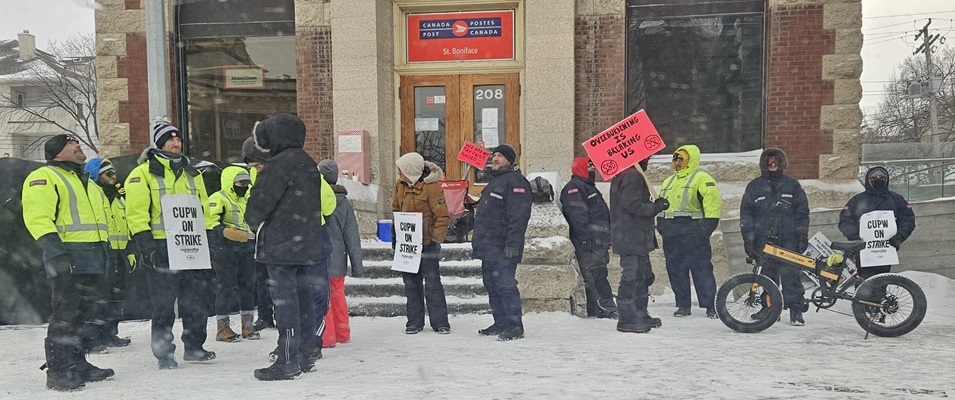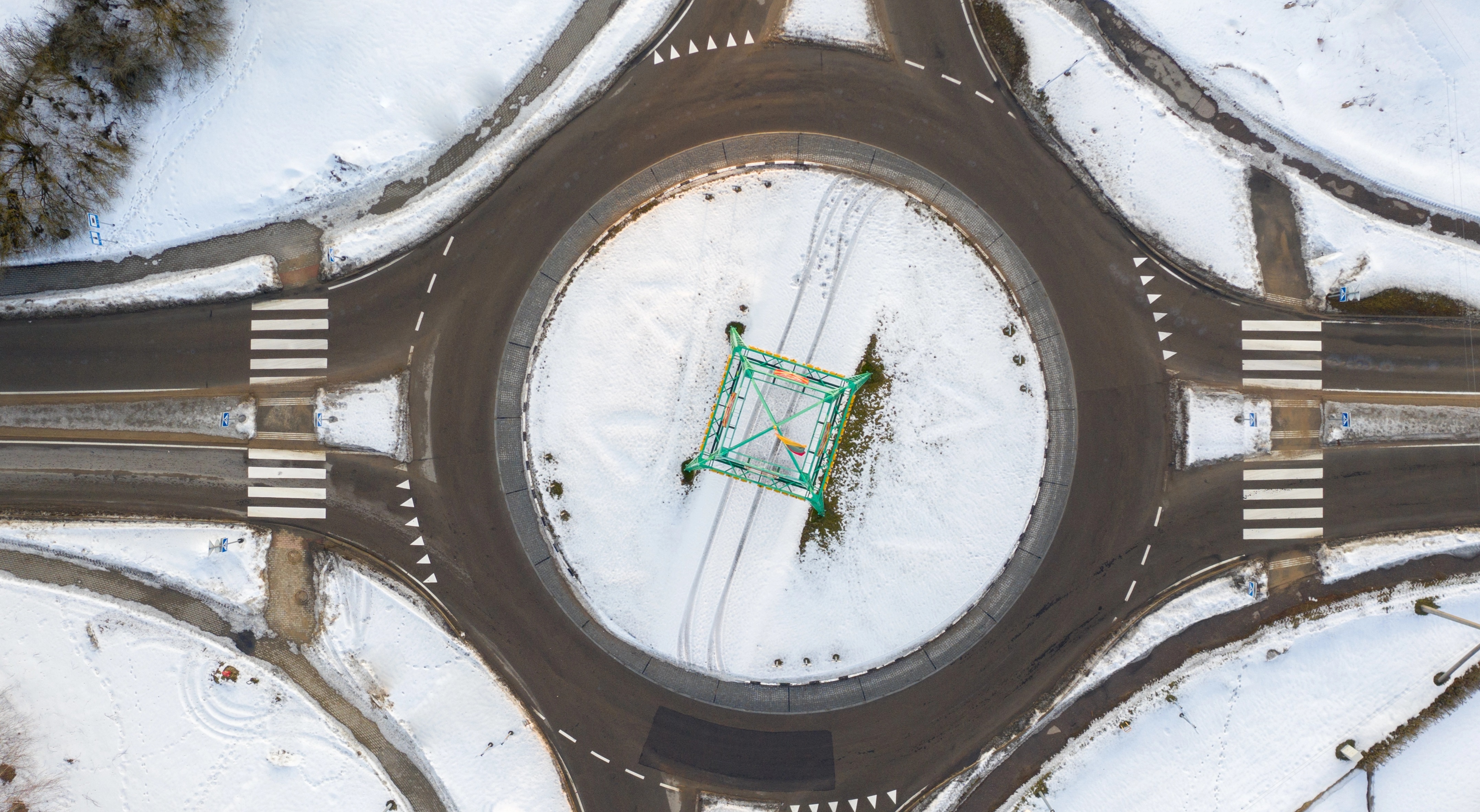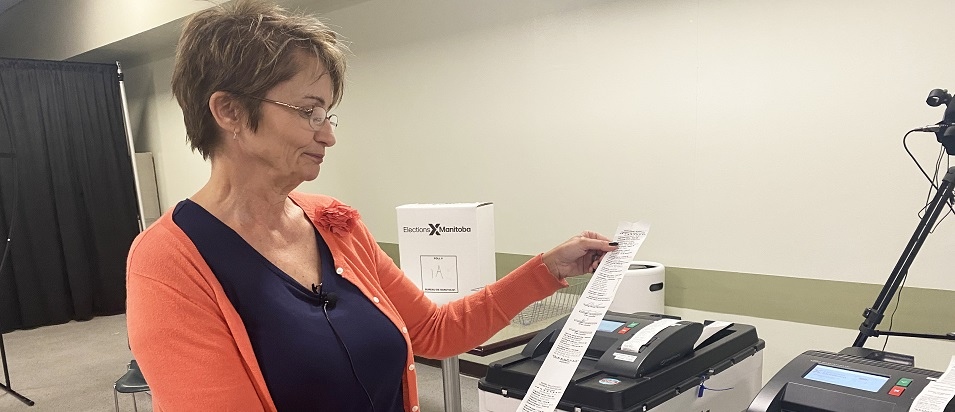
On October 3, Manitobans will hit the polls for the province’s forty-third general election. And when they do, they’ll notice some big changes in how ballots are processed.
“We are introducing new tools for this election, but the process is the same,” says Shipra Verma, chief electoral officer for Elections Manitoba. “Voters still show ID and mark a paper ballot. Each vote goes into a ballot box and is counted at the close of polls. What we’re changing is the tool, which is more technology to provide better service to our stakeholders. The integrity of the vote is preserved.”
The anticipation is that the new technology will streamline the paper-based system and allow for speedier voter service, shorter line-ups, and faster tallies after the polls close.
Poll workers will use laptops, providing them with secure access to the voters list. Scanners will be available to scan voter information cards in order to find them more quickly on the list.
Printers will be provided at polling stations in order to print ballots on demand and vote-counting machines will accurately record ballots and rapidly produce end-of-poll results.
The vote counter is also capable of providing a summary of all election results, including the number of rejected and declined ballots and the total number of ballots cast.
According to Elections Manitoba, vote-counting machines, or tabulators, feature very high levels of security to maintain the integrity of the vote.
These machines have undergone rigorous testing. They are not connected to the internet and only certain authorized election officials will be able to access them.
What won’t change this year is the use of paper ballots. These ballots will, however, have built-in security features to ensure that only official Elections Manitoba ballots are accepted by the tabulator. The ballots themselves will be retained for a period of time afterward for recount purposes.
While it’s not guaranteed that every polling station across the province will be similarly equipped, Elections Manitoba estimates that at least 85 percent of voters will vote at stations using these more advanced technologies.
This year, voters will be able to cast their ballot at any polling station in their electoral division, whether for advance voting or on election day.









